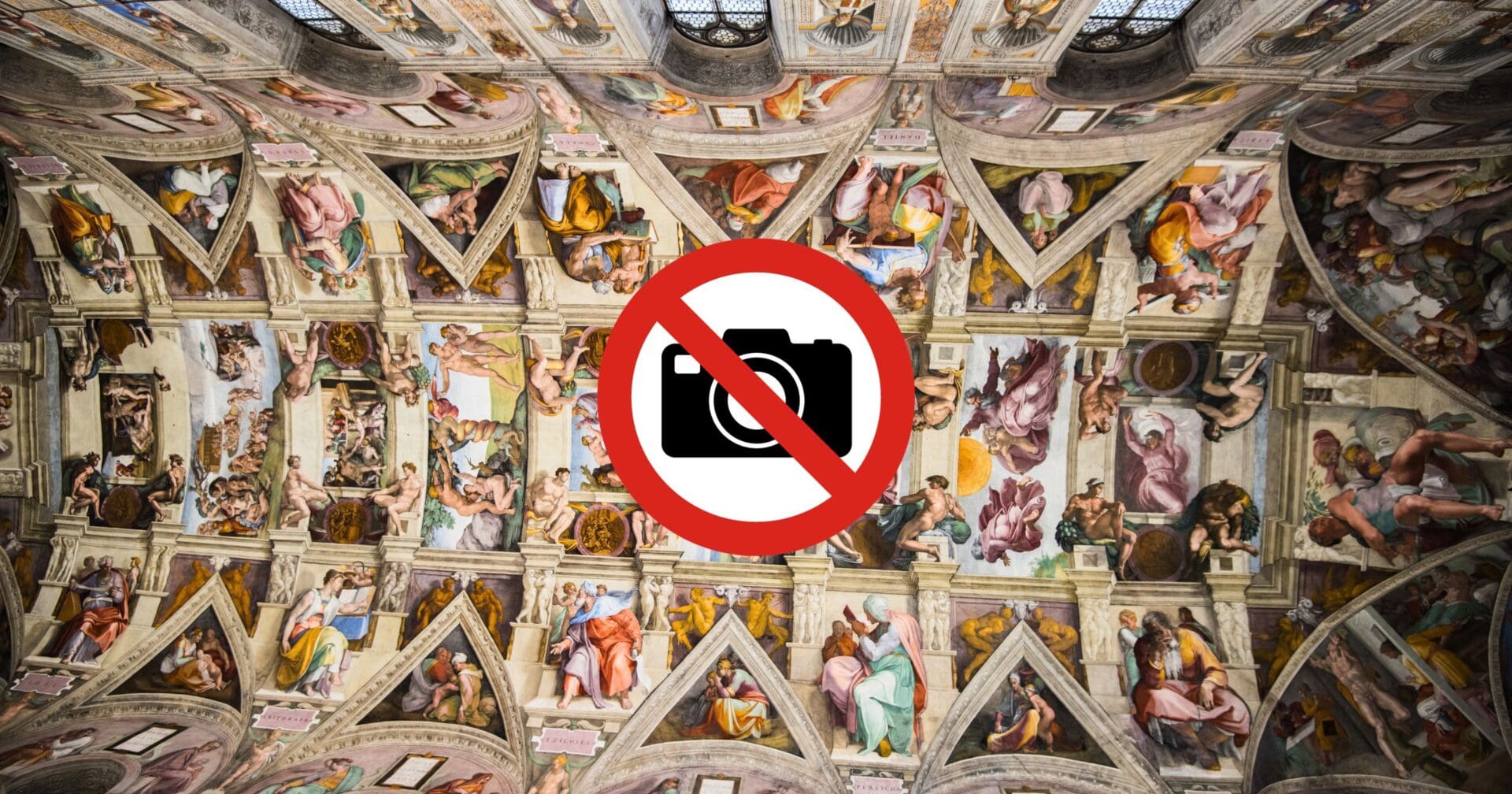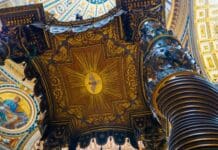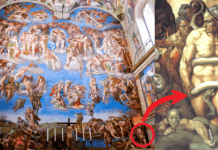You’ve just entered one of the world’s most famous rooms, craned your neck upwards, and marveled at Michelangelo’s masterpieces on the ceiling of the Sistine Chapel. But as you reach for your camera, a guard firmly says, “No photo!”
So, why this rule in the digital age when every moment is Instagrammable?
While most assume the ban on photography is to prevent the artwork from being damaged by camera flashes, the true reason traces back to a unique financial deal. In 1980, faced with the challenging task of restoring Michelangelo’s deteriorating frescoes, the Vatican found itself in need of funding. This restoration wouldn’t be cheap. The surprising savior?
Nippon Television Network Corporation (NTV) of Japan. Stepping up with an offer of $3 million – later boosted to $4.2 million – they outbid competitors to fund this colossal endeavor. Michael Kimmelman, chief art critic of The New York Times, once remarked about the situation, stating that criticism of the restoration was intensified by NTV’s hesitant approach to publicizing the photographs they had exclusive rights to.
But what did NTV get in return? Exclusive photographic and film rights to document the restoration process and the final artwork. While this deal was monumental at the time, it was not everlasting. The exclusivity was set to expire just three years after the completion of each restoration phase.
By 1997, NTV’s rights were a thing of the past. But the Vatican continued to enforce the no-photo rule. This maintained the chapel’s reverence and also protected the artworks from potential damage, even from non-flash photography.
If you’re ever in the Sistine Chapel, take a moment to truly soak in its splendor, rather than snap a pic.
After all, some experiences are best captured with the eyes and heart, not a camera lens!

















